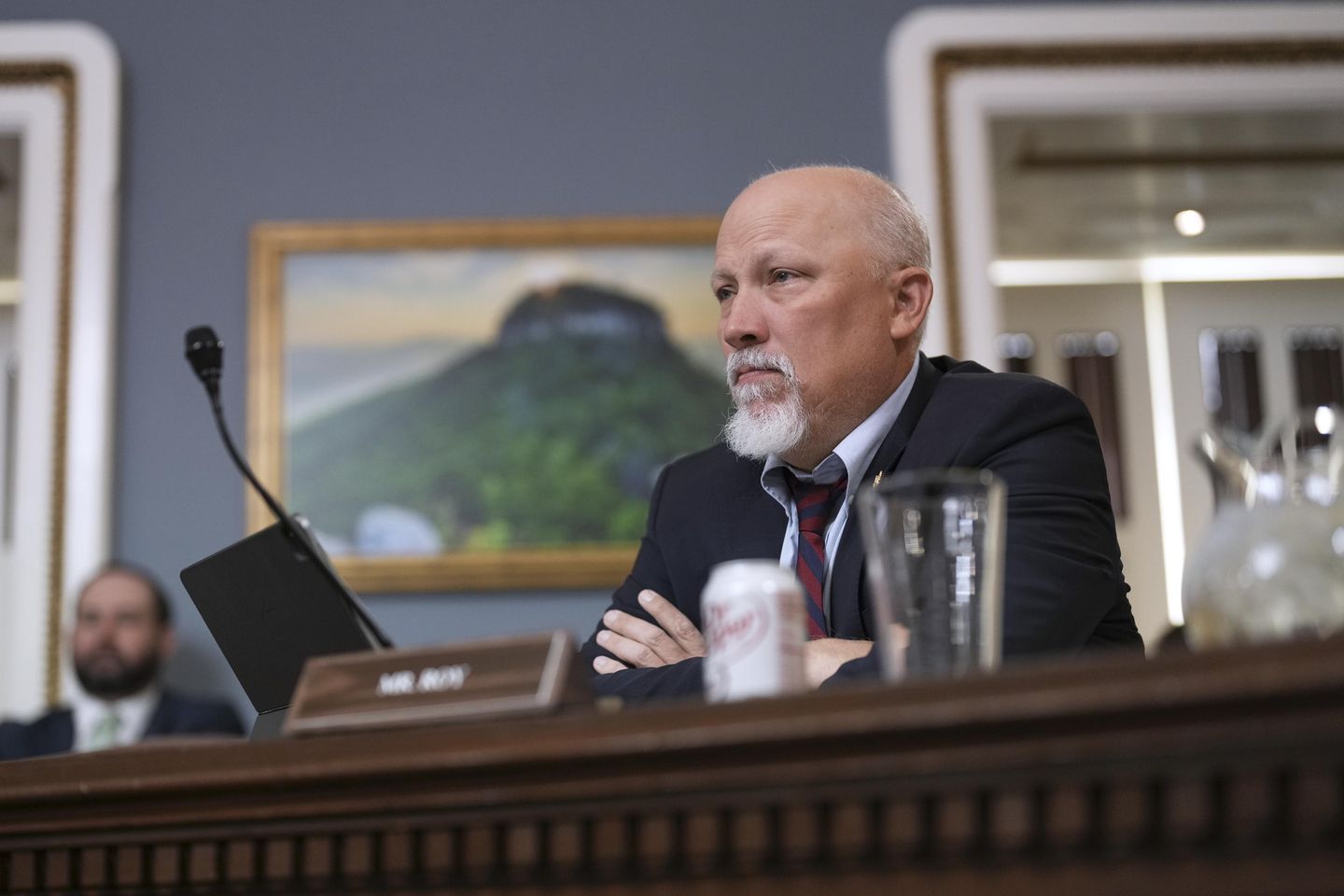
Senate changes to a budget blueprint for enacting President Trump’s agenda cleared a crucial House test vote on Wednesday, but simmering discontent among fiscal hawks threatened to derail the resolution.
Several of the holdouts planned to huddle with GOP senators trying to save the budget and get it across the finish line in the House, perhaps by Wednesday evening.
House adoption of the unified budget blueprint would unlock the filibuster-proof reconciliation process that Republicans plan to use to pass sweeping tax and spending cuts, border security and defense funding and energy policy changes.
President Trump had cranked up his pressure campaign on House Republicans to fall in line and support the revised budget resolution, but fiscal hawks said they want commitments from the Senate about spending cuts that can be achieved in the final bill.
The 216-215 test vote on rules to start debate on the budget is a small victory for House GOP leaders, who are working with their Senate counterparts to sway the holdouts.
Fiscal hawks are upset about the Senate’s lower bar for spending cuts in the reconciliation package that the budget would tee up. The Senate set a $4 billion floor for spending cuts in instructions to its committees, compared to a $1.5 trillion spending cut floor provided to House committees.
House Freedom Caucus Chairman Andy Harris, Maryland Republican, said he and other opponents of the Senate changes will be meeting with Senate Majority Leader John Thune, South Dakota Republican, and others to try to iron out their differences.
“The Senate would have to show that they actually are going to do some meaningful spending reductions,” he said.
Rep. Ralph Norman, South Carolina Republican, said Senate Republicans were writing a list of items that could be cut through the reconciliation process. He said he liked what he’d seen so far and suggested the list could be enough to sway other holdouts.
“We can’t control the Senate, but we’re putting them on paper,” Mr. Norman said.
Rep. Eric Burlison, Missouri Republican, said he wanted assurances that the Senate “can’t back out of” a minimum level of spending cuts.
“We just don’t trust the Senate,” he said. “The Senate is prone to set up, to give us the shaft, like they’ve done for decades and decades. Every time we get to this moment, it’s like Lucy with the football. They pull the football.”
House Speaker Mike Johnson said there was “good faith dialogue” and “very, very positive, productive discussions.”
“It’s a one-team approach, and I think we’re going to continue that for the next couple of hours and we’ll see where we land tonight,” the Louisiana Republican said.
There is no official deadline for adopting the budget other than before Republicans bring the reconciliation package to the floor. However, the budget resolution does contain May 9 deadlines for House and Senate committees to report their pieces of the reconciliation bill.
Reps. Thomas Massie of Kentucky, Victoria Spartz of Indiana and Mike Turner of Ohio were the only Republicans to vote against the rule, along with all House Democrats. While Mr. Massie opposes the budget, he was protesting a provision in the rule that will block lawmakers from forcing votes on measures to terminate emergency powers the president is using to justify tariffs. The blockade would last through September.
Mr. Massie said GOP leaders are not even trying to convince him to back the budget. He was the only Republican to oppose the original House budget blueprint and said whatever compromise the two chambers may land on the spending cut matter is likely to be worse.
“It seems like bringing this to the floor when they’re ostensibly 20 votes short right now is a game of chicken,” Mr. Massie said.
Still, he predicted GOP leaders will “roll” all but three Republicans, the minimum number of defections they can afford.












